Food Packaging
Food Packaging
On food packaging, the use of bright and bright colors such as pink, orange yellow, and orange-red can emphasize the smell, taste, and taste of food. Chocolate, oatmeal, and other foods are mostly warm colors such as gold, red, and coffee, giving people a fresh, delicious, and nutritious feeling. Tea packaging is green, giving people a fresh and healthy feeling. The packaging of cold drinks and food shall be blue and white with a sense of coolness and ice and snow, which can highlight the freezing and sanitation of food. The elegant and simple colors are commonly used in tobacco and alcoholic foods, which give people a sense of delicious and mellowness physiologically, and indicate that it has a long history of brand feeling psychological. They are convenient for food consumption. They are also the first to show the appearance of food and attract consumers. They have value beyond material cost.
Types of Food Packaging
Food packaging plays a crucial role in preserving food quality, minimizing food waste, and reducing preservatives used in food. Here are several types of food packaging:
Plastic Packaging: This is the most common type of food packaging due to its versatility, lightweight, and cost-effectiveness. It includes plastic bags, bottles, containers, and trays. However, due to environmental concerns, many companies are shifting towards more sustainable alternatives.
Glass Packaging: Glass is often used for beverages, condiments, and preserved food. It is non-toxic, 100% recyclable, and can maintain the freshness of food for a long time. However, it is heavier and more fragile than other materials.
Metal Packaging: This includes cans, tins, and foil packaging. Metal packaging is durable, provides a long shelf-life, and is excellent for preserving food. It’s commonly used for canned vegetables, soups, and beverages.
Paper and Cardboard Packaging: The paper for packaging food includes boxes, bags, and cartons. Paper and cardboard are lightweight, biodegradable, and recyclable, making them an eco-friendly choice. They are commonly used for dry foods like cereal, pasta, and snacks.
Biodegradable Packaging: This is a more sustainable alternative to traditional packaging materials. It includes packaging made from plant-based materials like cornstarch, mushroom, seaweed, and bamboo. These materials are compostable and have a lower environmental impact.
Edible Packaging: This is a new and innovative type of food packaging. It’s made from edible materials like seaweed, gelatin, or even chocolate. The idea is to reduce waste by creating packaging that can be eaten or composted.
Smart Packaging: This includes packaging with QR codes, RFID tags, or sensors that can provide information about the food’s freshness, temperature, or other quality indicators.
Each type of food packaging has its advantages and disadvantages, and the choice depends on the specific needs of the food product.
Is Paper Packaging Safe for Your Food?
Absolutely, here are five reasons why paper packaging is generally safe for your food:
Natural Material: Paper for packaging food is a natural product made from wood pulp, which is generally safe and does not contain harmful chemicals that can leach into food.
Food-Safe Coatings: While some paper packaging may be coated or treated to make it more resistant to oil, grease, or water, these coatings or treatments are typically food-safe and approved by food safety authorities.
No Flavor Transfer: Unlike some materials, food packing paper does not impart any flavor onto the food, helping to preserve the original taste and quality of the food.
Suitable for Many Foods: Paper packaging is suitable for a wide range of foods, especially dry foods and fast food items. Paper boxes for food delivery provide a safe and effective way to package these foods.
Consumer Safety: Paper packaging is generally safe for consumers to handle. It does not pose a risk of injury like some other types of packaging (for example, broken glass or sharp metal edges).
Advantages of Using Paper for Food Packaging
Using paper for food packaging comes with several advantages:
Environmentally Friendly: Paper is biodegradable and recyclable, making it a more sustainable option compared to plastic. It breaks down naturally in the environment and reduces landfill waste.
Lightweight: Paper used for food packaging is light, which can reduce transportation costs and carbon emissions associated with shipping.
Versatile: Paper can be molded into various shapes and sizes, making it suitable for a wide range of food products. It can also be coated or layered with other materials for added protection or insulation.
Customizable: Food packing paper is easy to print on, allowing businesses to customize their packaging with their branding, logos, and other information. This can enhance brand visibility and appeal to consumers.
Cost-Effective: Kraft paper boxes for food is generally cheaper than other packaging materials, making it a cost-effective choice for businesses.
Improved Taste: Unlike some materials, paper does not impart any flavor onto the food, helping to preserve the original taste.
Consumer Preference: With growing environmental awareness, many consumers prefer paper packaging due to its eco-friendly properties. This can boost a brand’s image and attract environmentally conscious customers.
Read More

 English
English






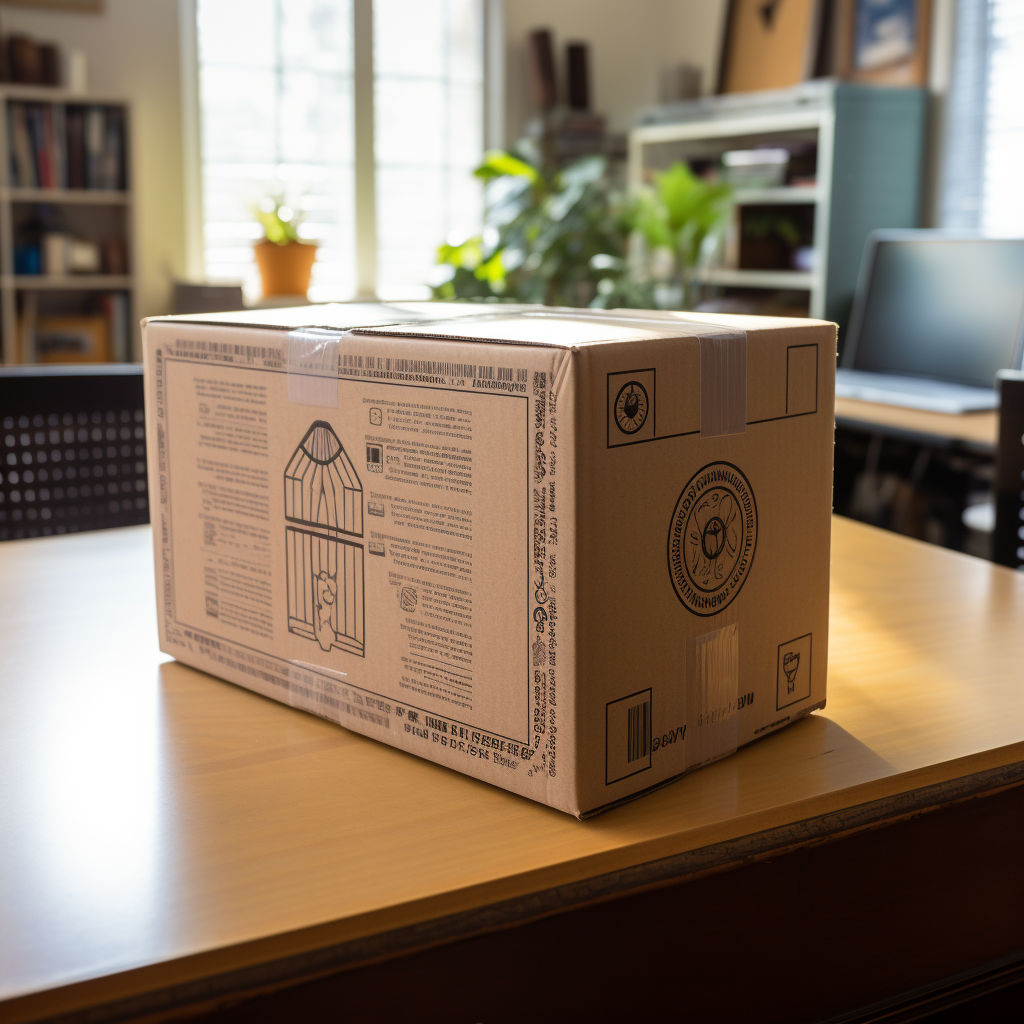
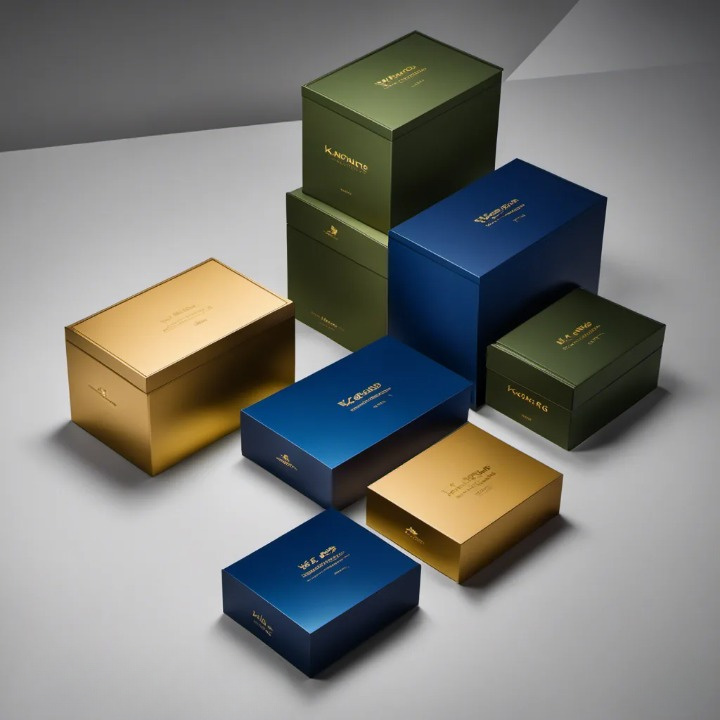
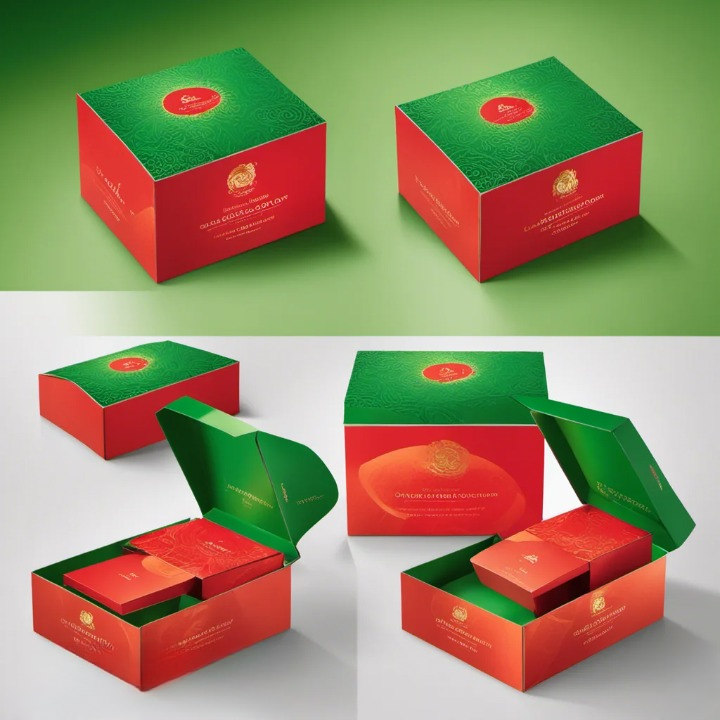
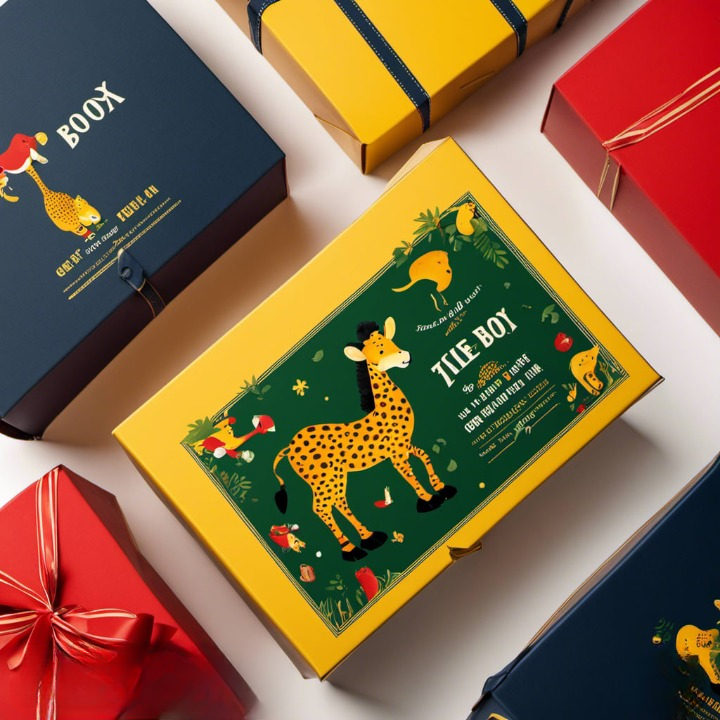
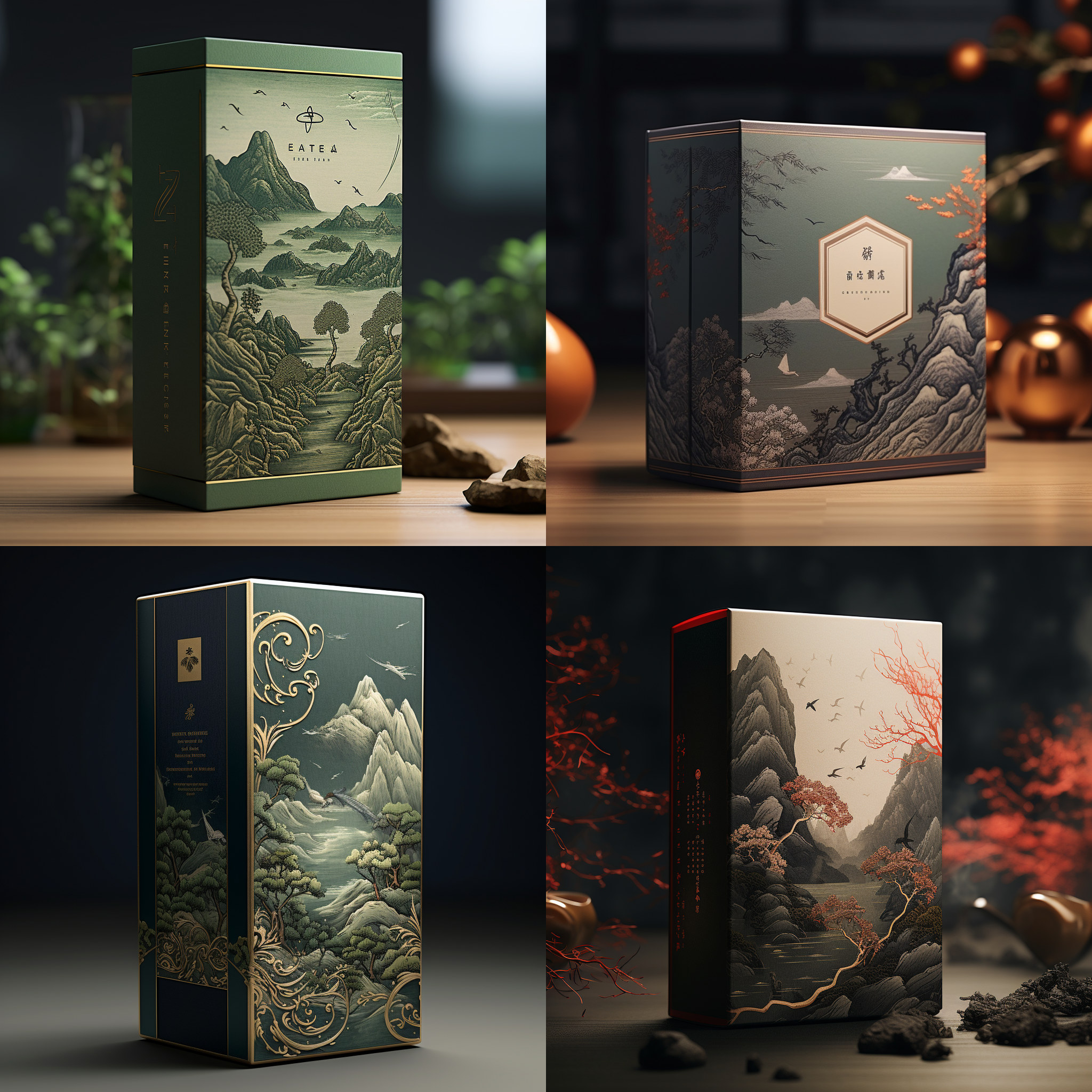
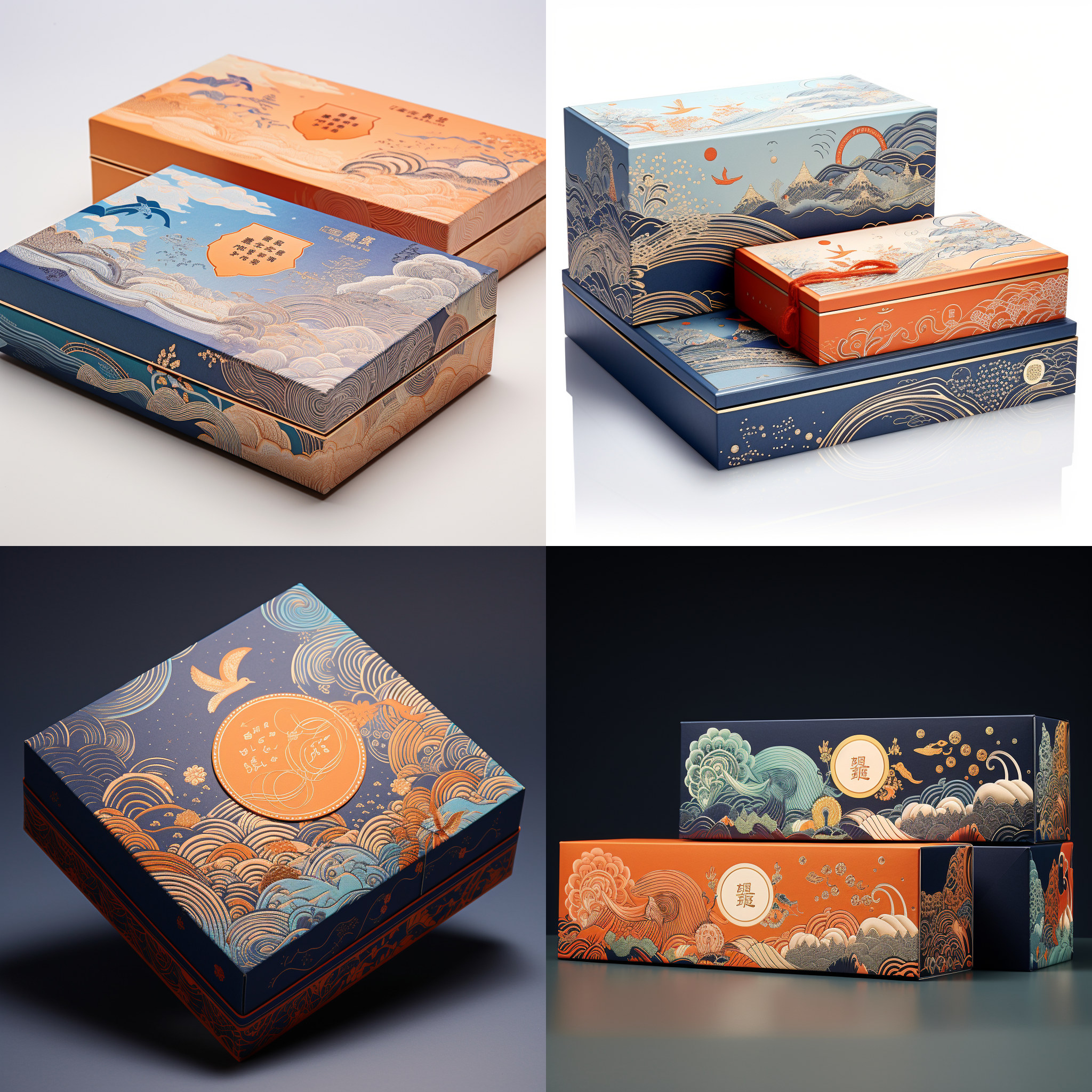

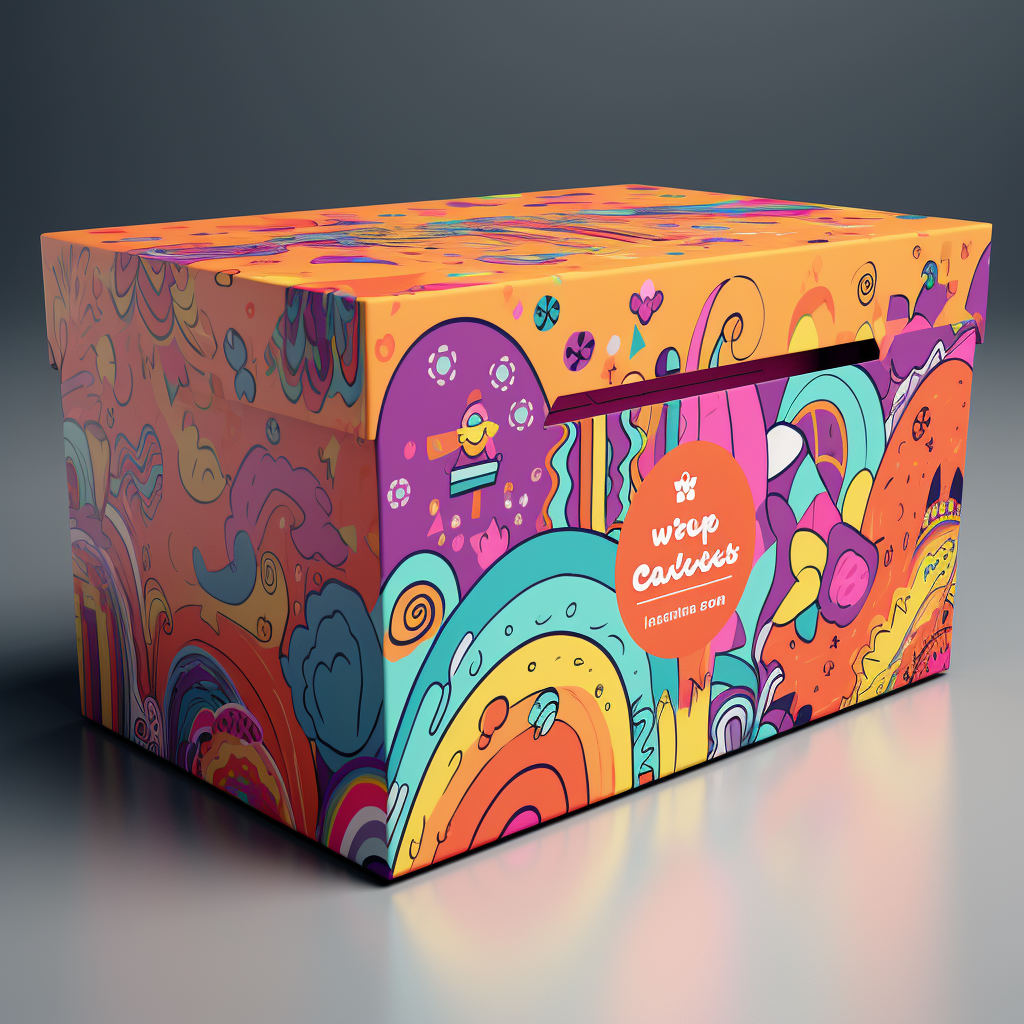













 IPv6 network supported
IPv6 network supported